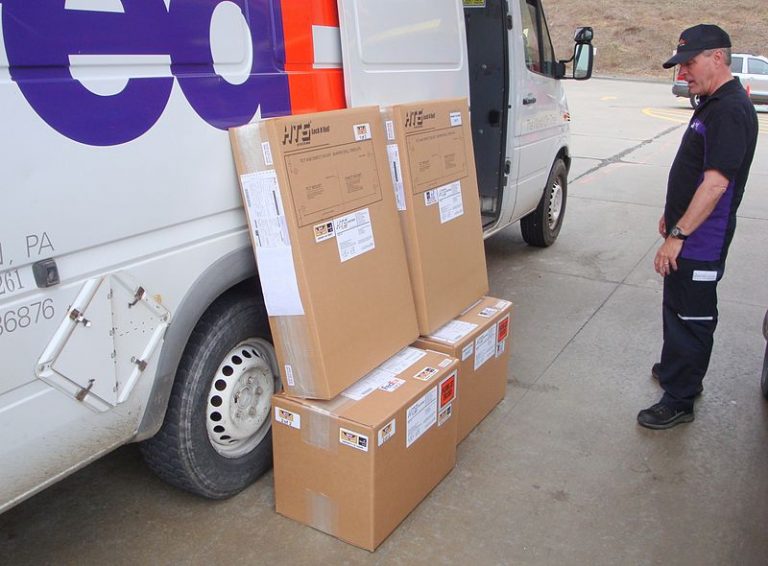Published on January 17, 2019

This past holiday season, to the delight of retailers, saw shopping records broken left and right. Amazon set a sales record over the long Thanksgiving weekend. Cyber Monday hit a record $7.9 billion in sales. Online holiday shopping, at a predicted $126 billion, would mark an all-time record.
That also means a record number of online deliveries. The strong retail economy this holiday season resulted in a 5 percent increase in e-commerce deliveries year over year, said Professor José Holguín-Veras, director of the Center of Excellence for Sustainable Urban Freight Systems at New York’s Rensselaer Polytechnic Institute. That meant more trucks, hauling more presents, and clogging more roads, than ever before.
The increase in e-commerce and online shopping, and corresponding rise in deliveries, which experts call urban freight, has been dramatic. Between 2009 and 2018, urban freight traffic attributed to online shopping and e-commerce doubled, according to Holguín-Veras. In 2009, there was a single daily internet delivery for every 25 Americans. Today, there’s one for every eight Americans. And Holguín-Veras says that traffic will double again by 2023.
If all the packages bouncing around the back of a single delivery truck represent a potential shopping trip, doesn’t that mean less cars heading to stores and shopping malls? Shouldn’t pooling our packages together mean less traffic and congestion?
That can often be true, says Barbara Ivanov, director of the Urban Freight Lab at Seattle’s University of Washington, a research project funded in part by retailers and carriers such as UPS and Costco. E-commerce can definitely create less trips, but it also creates a lot more stops, which cause a lot of the traffic issues in dense urban areas. Carriers such as UPS, DHS, the Post Office, as well as delivery services working for retailers like Amazon, all have tight schedules. They also often need to deliver packages within huge apartment buildings or commercial offices.
Continue reading at Curbed
Originally posted on Curbed by Patrick Sisson